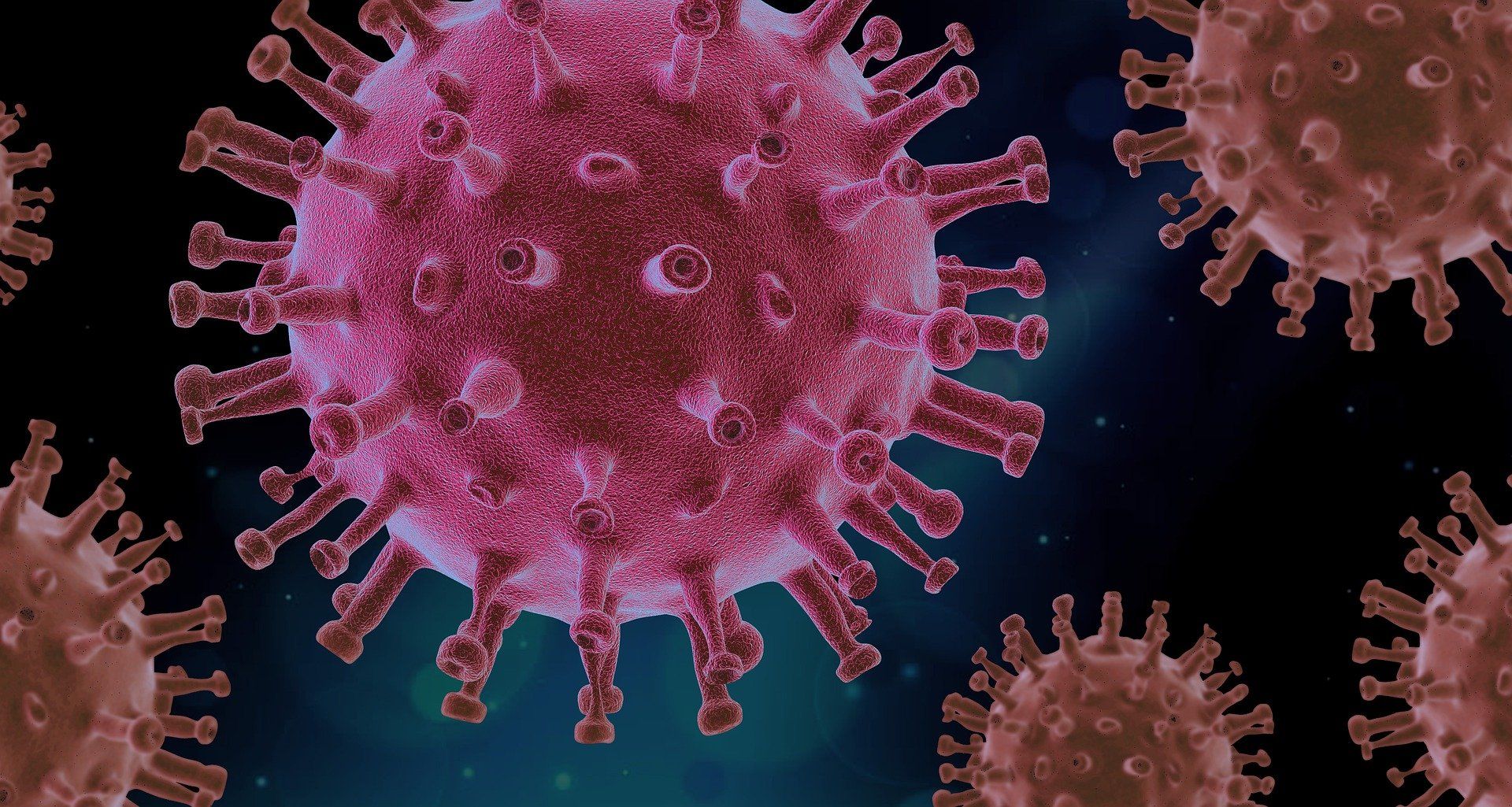The new BA.2 sub-type of the highly transmissible omicron variant of the coronavirus has been referred to as ‘stealth omicron’ by several media outlets and even some experts in the US.
So, what is ‘stealth’ omicron, and how is it different from omicron’s other, more dominant sub-type, BA.1?
For starters, despite its recent surge in popularity, the term ‘stealth omicron’ came into usage as early as December 2021, when the BA.2 sub-type was first detected.
Also read | Study: Omicron’s immune response effectively neutralizes delta variant
The moniker ‘stealth omicron’, experts argue, was given to the omicron BA.2 variant because it is detected differently on PCR tests than the more dominant omicron BA.1 variant.
While the type of COVID-19 infection is usually detected via genetic analysis, omicron’s dominant BA.1 variant was relatively easier to detect.
The BA.1 variant gave rise to a phenomena called S-gene target failure in PCR tests, making it relatively easy to identify in PCR tests. However, the BA.2 sub-type is different.
Basically, the BA.2 sub-type does not have the genetic mutation that triggers the S-gene target failure, making it difficult to identify it as a sub-type of the omicron variant.
Also read | ‘Stealth omicron’ & COVID: Has the BA.2 sublineage been reported in India?
In simpler words, while a PCR test can detect the BA.2 subtype and inform the test-taker that they are COVID positive, it cannot determine whether the variant of COVID-19 is omicron. To determine the strain of the coronavirus, one has to undergo genomic testing.
“It’s not that the test doesn’t detect it; it’s just that it doesn’t look like omicron. Don’t get the impression that ‘stealth omicron’ means we can’t detect it. All of our PCR tests can still detect it,” microbiologist S Wesley Long told ABC News on Tuesday.







